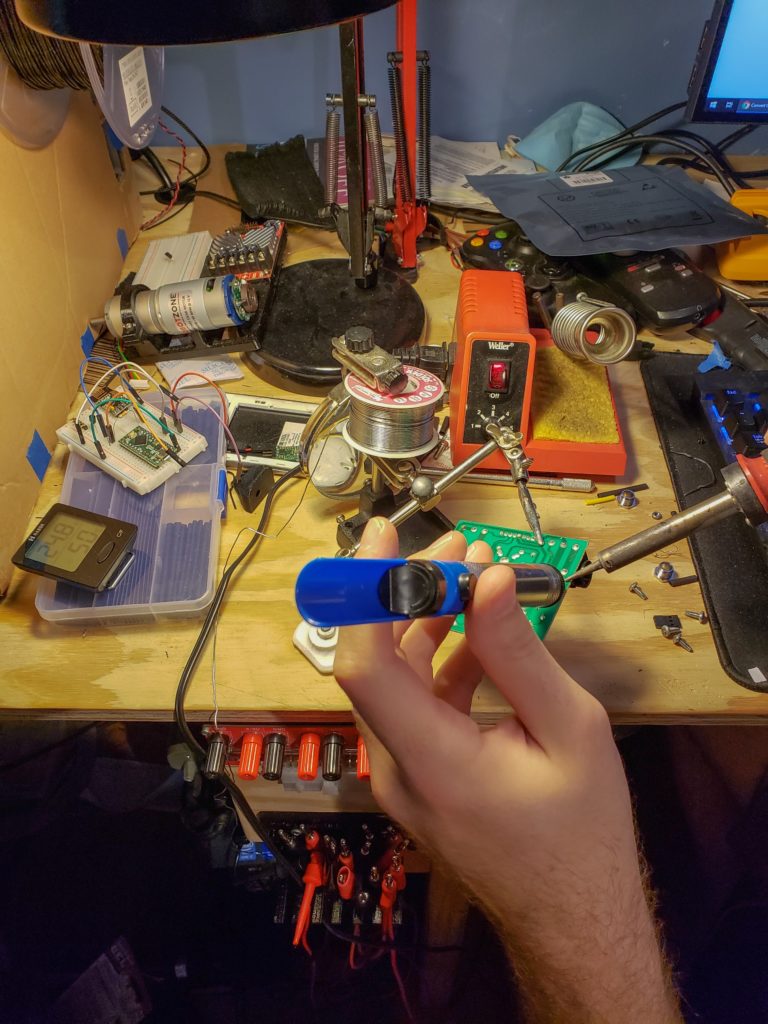
Even bench projects will eventually take their toll after years of sitting and handwork.
Often we are creatures of habit. We have our hobbies and interests, our patterns and compensations. We tend to develop imbalances based off what we do most often and how we do it. Many comorbidities are recognized and named for the hobbies that birthed them. The goal is to reduce pain and injury. If we can have a process to help identify issues and how to fix them, we can perform better, increase our longevity, and continue to do the things we love for years to come.
Step 1: Learn the muscles being used in your activity.
Overuse patterns tend to be consistent and predictable. Tennis players get Tennis Elbow! Golfers get Golfers Elbow! Rock climbers tend to overuse the brachioradialis, Biceps, and brachialis. People typing on a keyboard all day tend to overuse the extensors on the top of the forearm. Landscapers, construction workers, contractors tend to be leaning forward and tend to develop upper crossed syndrome easily. Runners get shin splints, jumper’s knee, IT band syndrome. Although you can get really specific with the muscles in the forearm, often either the flexor side or the extensor side tends to be overworked as a whole, making corrective exercise selection a little more accessible. You can read more about hand, wrist, forearm, and elbow dysfunctions in the dysfunctions section of the website.
Step 2: Determine if any weakness or imbalances currently exist
Performing an assessment is a good way to get a baseline for what is going on. Performing several corrective exercises is a good idea to see what was performed easily, and which exercises were more difficult. If you run through all the theraband rod exercises and notice that supination is really weak, but pronation is really strong, then the supinator muscles should be strengthened!
Step 3: Figure out what Corrective Exercises to implement
It’s important to regularly perform the correct exercises. If issues already exist, they have likely been developing for years. It’s going to take a lot of hard work and consistency to reverse poor movement habits. Exercises should be performed regularly and frequently, sometimes before and after the activity, until improvements are measured.
Step 4: Construct a program using corrective exercise additives
If you are already on an exercise program it’s important to modify it to include corrective exercises. It’s important to stay away from unnecessary programming that might exacerbate existing imbalances. If you have Upper Crossed Syndrome, for example, you should probably stay away from that 3x per week bench press program you found on the internet! Working in your corrective exercises daily, pre and post workout might be necessary for the beginning stages of correction. Example programs and corrective exercise additives can be found in the Programs page.
Step 5: Reassess regularly. Maintain
Every few weeks perform another assessment to make sure you’re not reversing your problems. If improvement is noticed and imbalances corrected then you can begin to reduce the corrective exercises you’re performing and focus on maintenance. Include an even amount of exercises for all muscle groups. Nothing should be neglected when we exercise!



